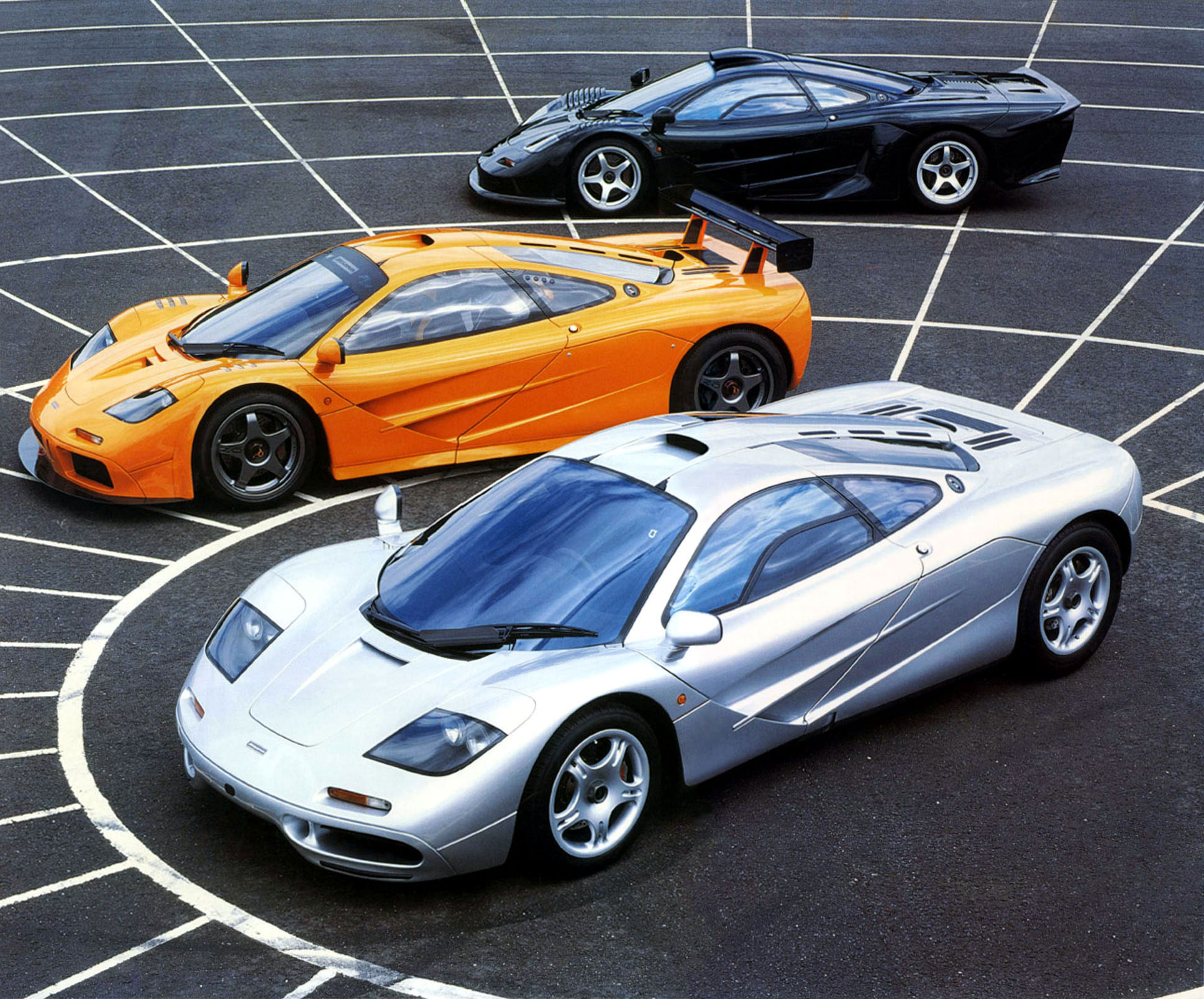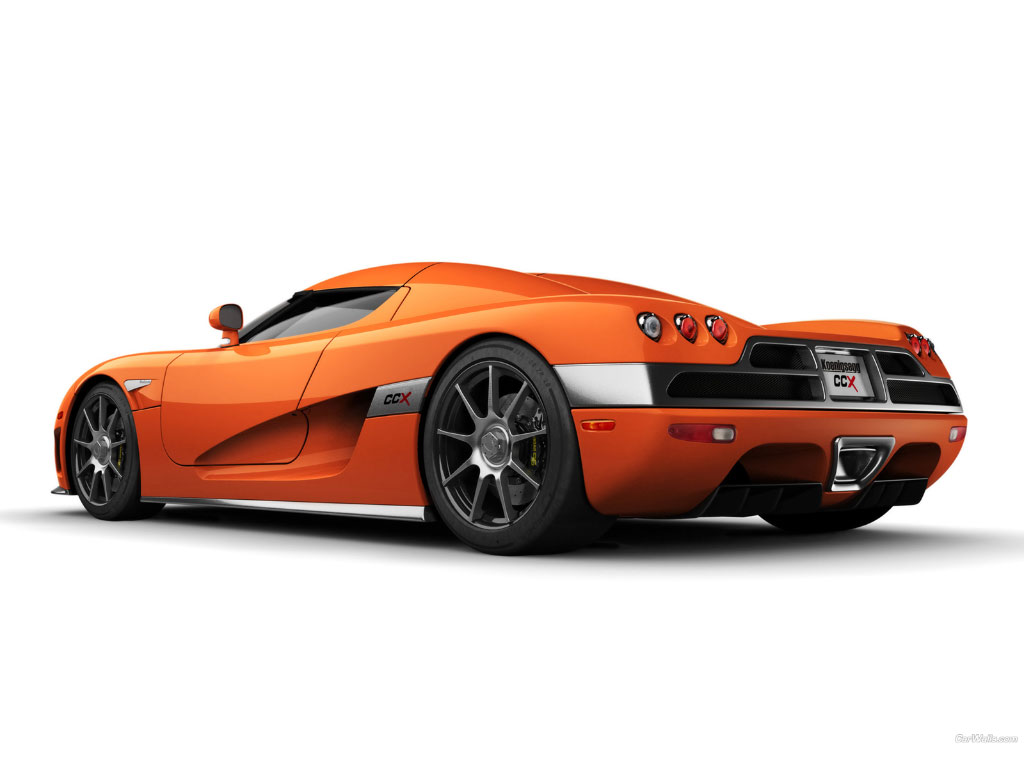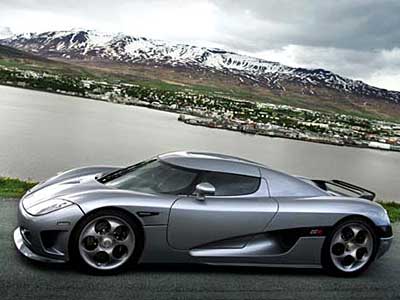Murray initially approached Honda for a powerplant with 550 bhp (410 kW; 560 PS), 600 mm (23.6 in) block length and a total weight of 250 kg (551 lb), it should be derived from the Formula One powerplant in the then-dominating McLaren/Honda cars.
When Honda refused, Isuzu, then planning an entry into Formula One, had a 3.5 V12 engine being tested in a Lotus chassis. The company was very interested in having the engine fitted into the F1. However, the designers wanted an engine with a proven design and a racing pedigree.
McLaren F1

McLaren F1

McLaren F1

McLaren F1

McLaren F1

McLaren F1

McLaren F1

McLaren F1

McLaren F1

McLaren F1

McLaren F1
McLaren F1

McLaren F1

McLaren F1









































